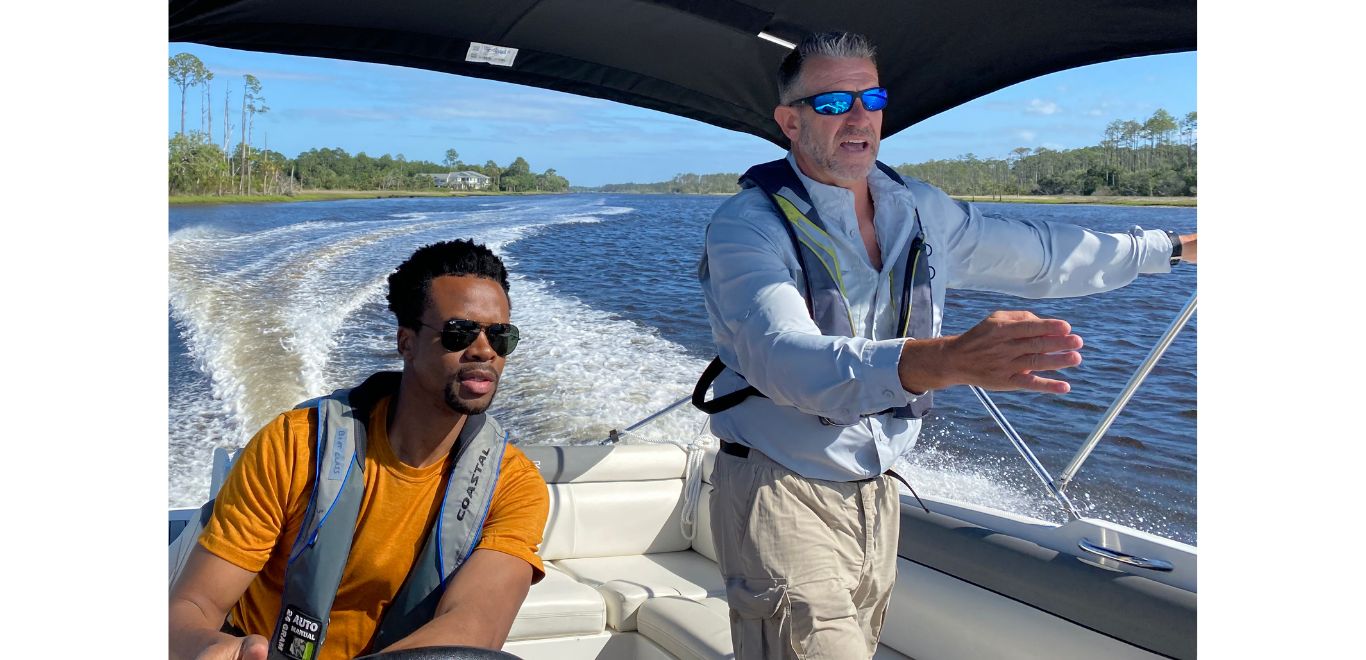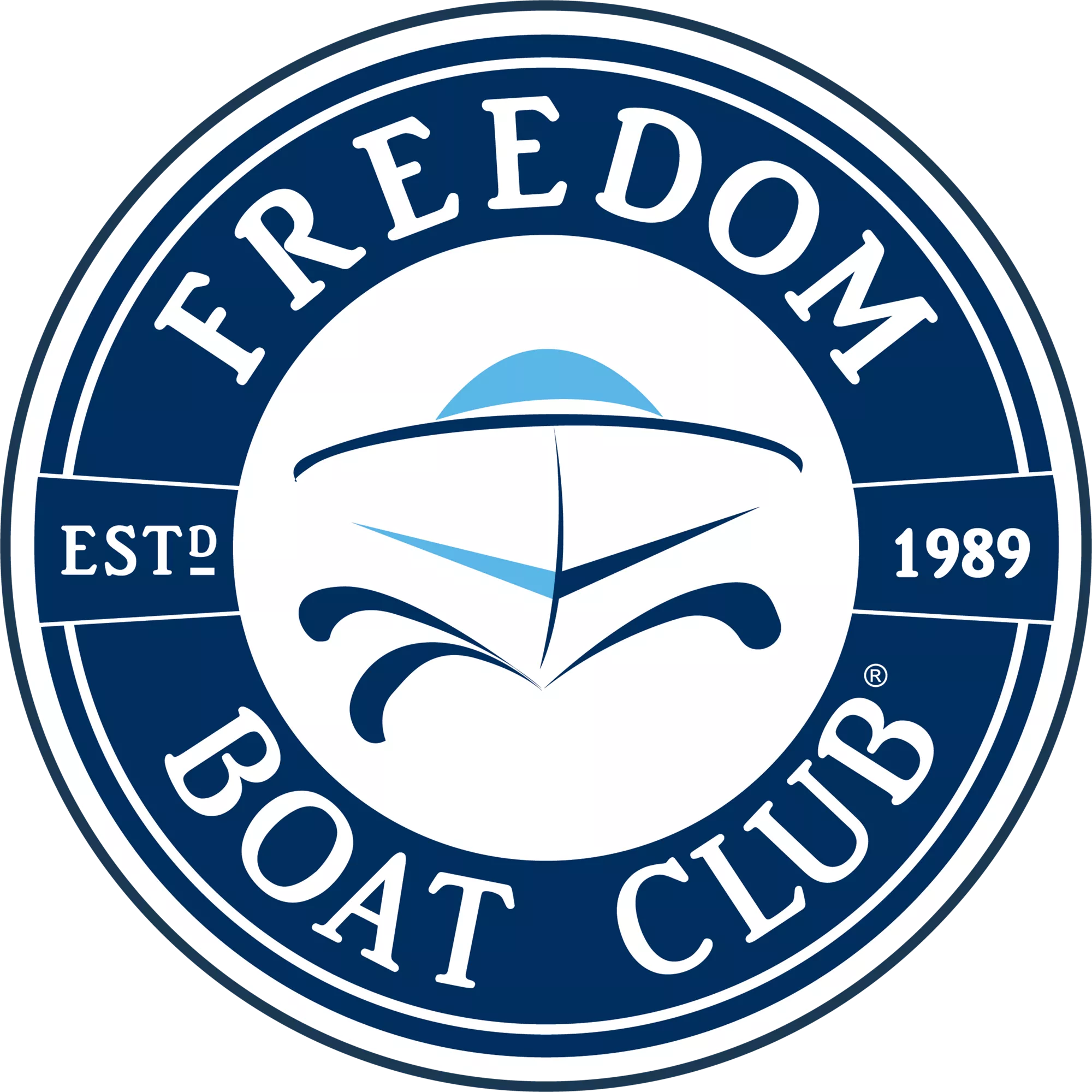
SUBSCRIBE FOR UPDATES
Thank you for your inquiry!
We will send you details about membership plans, promotions and local partnerships shortly.
At Freedom Boat Club, we are major advocates and teachers of boating safety. Every member goes through classroom and 1:1 on-water training with our captains before taking out a boat for the first time. Our goal is to ensure our members are both safe and confident on the water.
One of the most important lessons we teach our members is how to safely approach and cross the wake of another’s boat.
For many newer boaters, “crossing over” the wake is a scary proposition, and for good reason. Did you know that improper wake crossing is the second leading cause of personal injury to boaters and their guests, following only behind dock-related injuries sustained by falling during boat entry or exit? Improper wake crossing due to high speeds (which is the biggest problem) or approaching the wake from the wrong angle can result in serious injury including spinal compression and disc hernias, among others.
Let’s talk about what you can do to safely cross the wake of another boat, as this knowledge will hopefully inspire greater confidence when you’re at the helm and taking responsibility for the safety of your crew.
1. ALERT YOUR PASSENGERS!
The minute you realize you will be crossing a wake, let your passengers know. Make sure they are all securely seated and aware.
2. MOVE OUT AWAY FROM THE WAKE
Do this as safely possible. The further you are away from the boat that is producing the wake, the smaller the wake becomes. Be sure to stay within the channel and be aware of other boat activity in the area.
3. PREPARE TO SLOW DOWN.
If your boat is on plane, reduce your speed to where the boat just comes off plane. This will lift the bow up and help to create a “cushioned effect” on the wake. This “bow high” position also reduces the chance of “diving the bow” onto the second wave.
4. APPROACH THE WAKE AT A 45 DEGREE ANGLE.
Do NOT turn into the wake, but continue heading parallel to the other boat. This allows the boat to “roll” a bit over the wake … vs “jumping over” it. By staying parallel to the other boat, it also keeps you positioned correctly on your side of the channel.
5. ONCE YOU’VE CROSSED THE WAKE, RE-ACCELERATE TO RETURN THE BOAT BACK ON PLANE.
Knowing and practicing these five important safety tips and employing them regularly will go a long way to keeping you and your crew safe on the water.
Our mantra: WAKE UP and SLOW DOWN!
Be safe and have fun!
